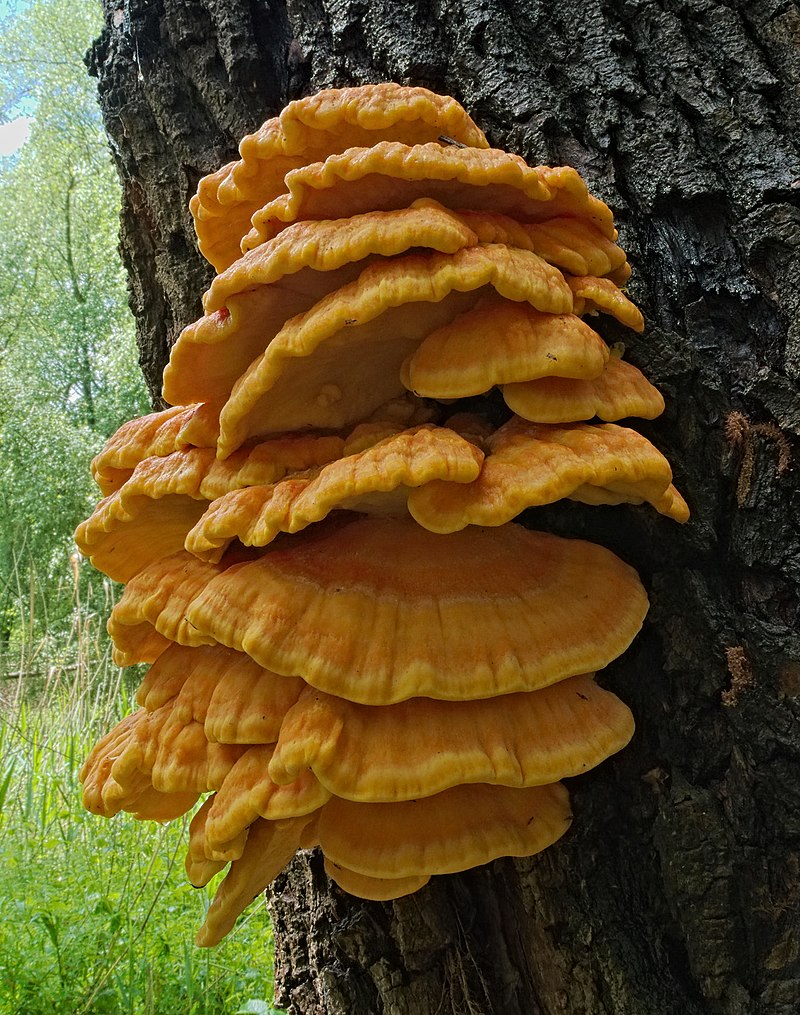Although spring is not associated with mushroom picking, many mushrooms are only encountered at this time of year. Although the peak season for the most popular species is between August and October, many specimens appear as early as April. However, mushroom hunters point out that edible species are few and far between.
What edible mushrooms can be found in Polish forests in spring?
The variety of forest gifts of nature that we can enjoy in the kitchen in spring is surprising.
Scarlet elf cup
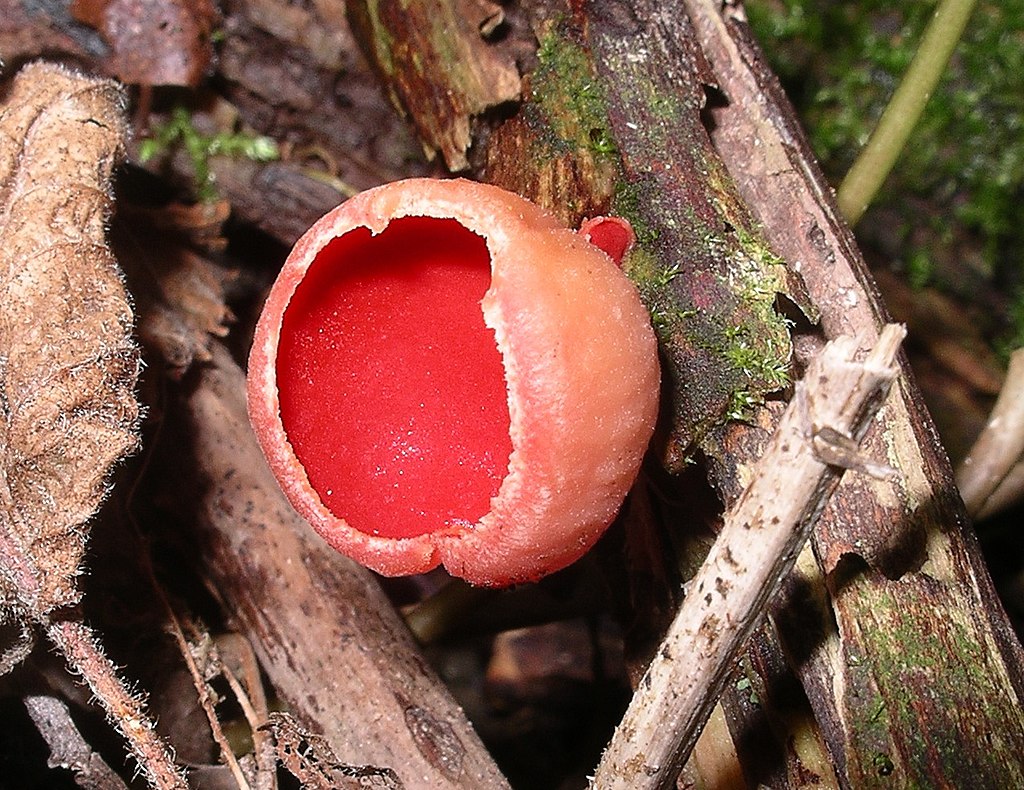
It is best to start your search in moist deciduous forests, the so-called riparian forests. It is here that the very rare scarlet elf cup grows. It appears as early as December, but only appears in its full glory once the snow cover has disappeared. In the forest undergrowth, it stands out from the other species in appearance. Its hat is purple and shaped like a small cup. It is not very common, but we can come across it in mountain and foothill areas, near willows, alders or maples. Eaten raw, it resembles radishes. Because of its beauty, it is prized in our neighbours across the western and southern borders as a non-edible salad garnish. The scarlet chard is a winter-spring mushroom that is found from December to the end of May.
Field mushrooms
Another spring booty is field mushrooms, a popular species available in the fields. At their mature stage, the mushrooms are distinguished by their bright, spreading, and convex cap with fine brown scales. However, it is worth bearing in mind that young specimens are easily confused with the poisonous toadstool, which resembles the field mushroom in its appearance in the first stages of its life.
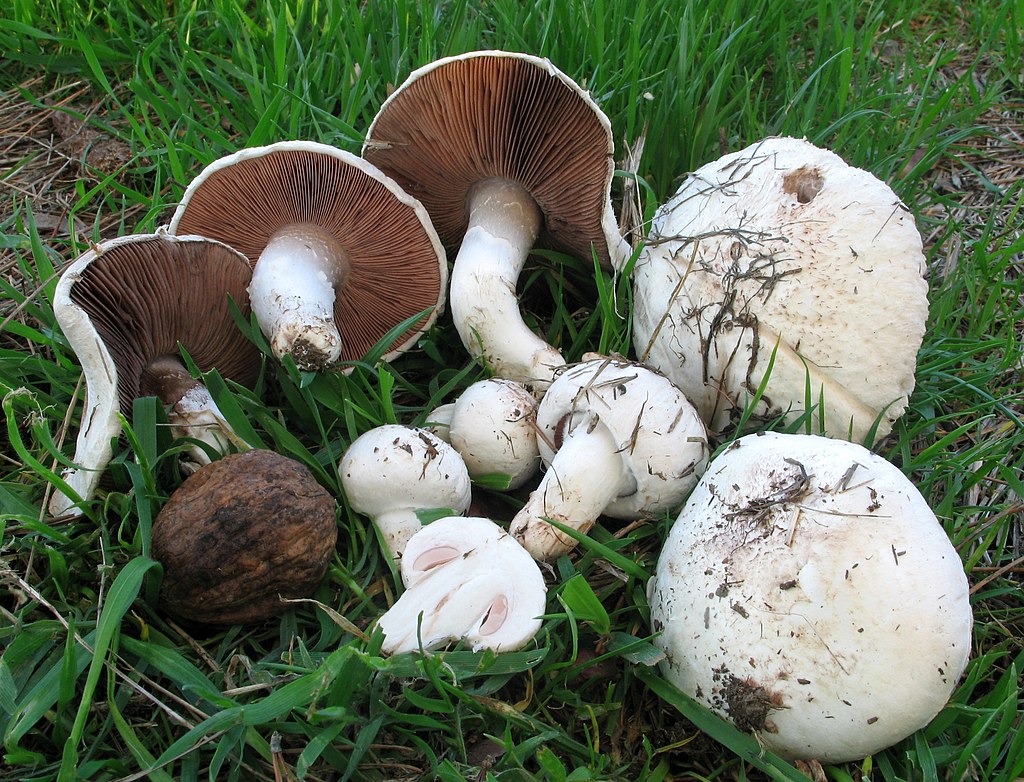
Tree mushrooms
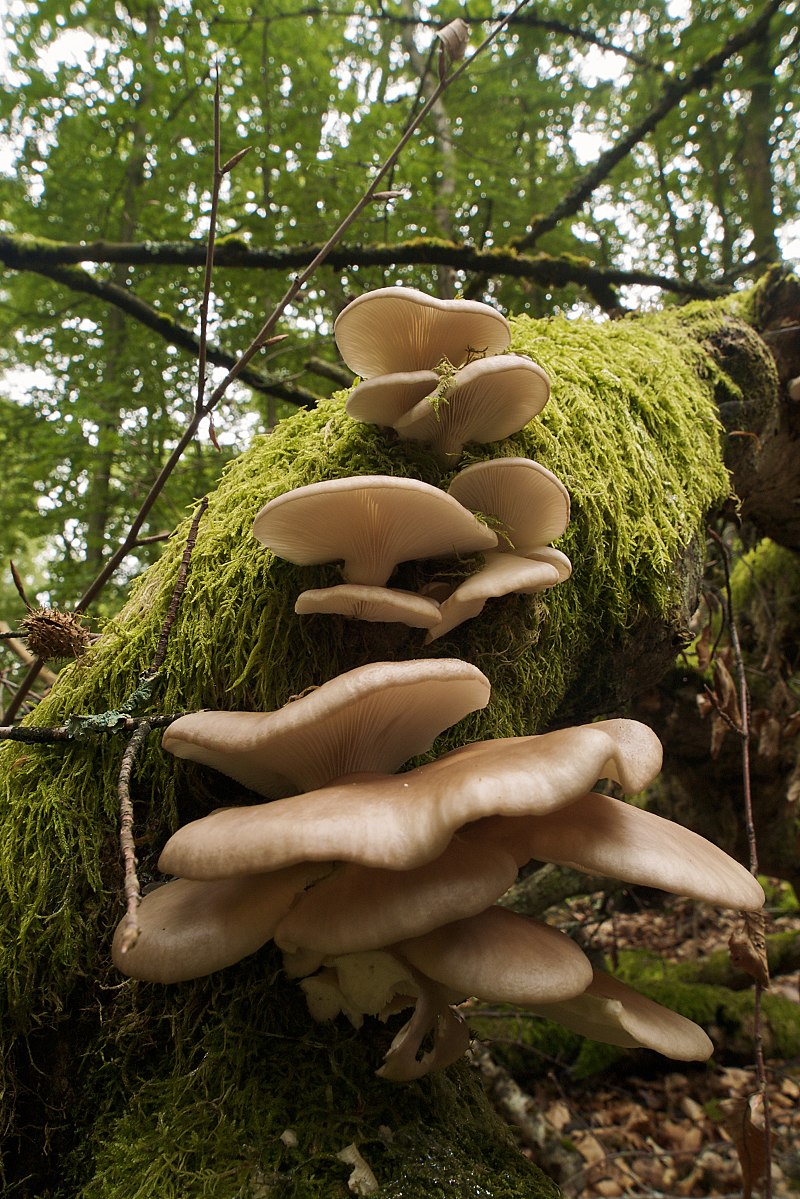
Poles love these mushrooms in their fried version. They can be breaded in the same way as chops. These mushrooms grow from autumn to early spring, so they can now also be found in the forests. It is best to pick them when the caps begin to straighten.
Morel mushroom
Morel mushroom is one of the noblest Polish mushrooms. Mushroom pickers believe that they are even better than boletus. They are characterised by an aroma with a hint of nuts and tender and delicate flesh. Usually, dishes are prepared with fresh chards, but if you have a lot of them, it is worth drying some. One dried smurf is enough to enhance the taste of many dishes, not only mushroom dishes. Unfortunately, these mushrooms are very difficult to find in Polish forests. The reason for this is probably environmental degradation, as snots are very demanding mushrooms. However, they sometimes appear in old trees, but also at the edge of meadows, by roadsides, or in parks. They like marshy sites, so they often grow in riparian meadows and thickets. All the species of common greens occurring in Poland outside of gardens, horticultural crops, forest nurseries, and green areas are protected and included in the ‘Red List of Plants and Fungi of Poland’ as rare species. For this reason, they must not be collected from natural areas.
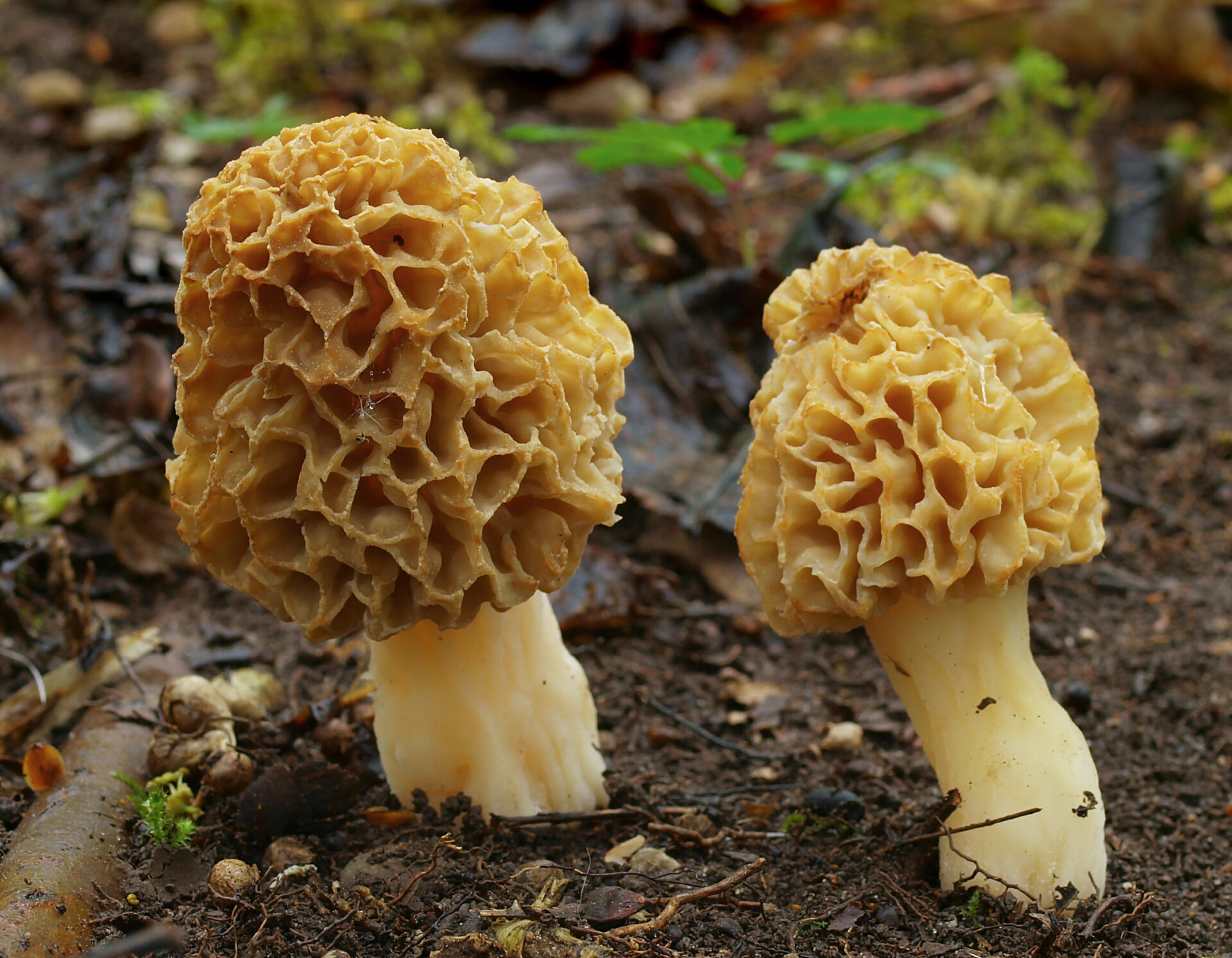
Although the full fruiting body of the butternut is in September, they appear in June and, with exceptionally good weather conditions, can even be found in May! Its hat has an uneven, villous-felt surface and the tubes take on a fawn-olive colour. This is not the image one associates with edible mushrooms; however, the common buttercup belongs to this group and is perfectly safe to eat. They grow in coniferous forests, mainly under pine trees.

